
Fall Planting Guide for Perennials: How to Set Your Garden Up for Spring Success
Published: 26/08/2025 | Updated: 26/08/2025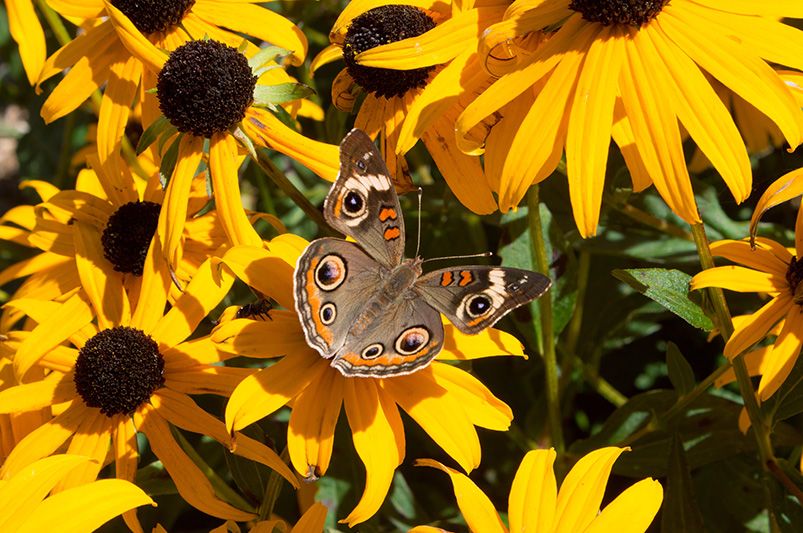
Fall Planting Guide for Perennials: How to Set Your Garden Up for Spring Success
When most people think about planting, spring comes to mind. But here’s the secret every seasoned gardener knows: fall is actually one of the best times to plant perennials. Cooler temperatures, warm soil, and fewer pests create the perfect conditions for roots to establish before winter. By the time spring rolls around, your garden will burst into life with stronger, healthier plants.


In this comprehensive guide, we’ll explore why fall planting is so effective, which perennials thrive when planted in autumn, and how to give your garden a head start for next year.
Why Fall is the Best Time to Plant Perennials
Gardeners often underestimate the advantages of planting in the fall. Let’s break down the reasons this season sets your perennials up for success:
-
Cooler Weather = Less Stress – Plants suffer less from heat stress, wilting, or transplant shock in fall’s mild climate.
-
Warm Soil Boosts Roots – While air temperatures drop, soil often remains warm into late October or November, encouraging strong root growth.
-
Reduced Competition – Fewer weeds and pests mean your perennials get more nutrients and water.
-
Stronger Spring Performance – Plants spend fall and winter establishing roots so they can emerge with vigor in spring.
-
Flexible Timing – Unlike the rushed window in spring, fall often gives gardeners several weeks to plant without worrying about intense heat.
Best Perennials to Plant in Fall
Not all perennials respond the same way to autumn planting. These tried-and-true favorites handle fall transplanting beautifully:

Flowering Perennials
-
Daylilies – Hardy, adaptable, and colorful.
-
Black-Eyed Susans (Rudbeckia) – Pollinator magnets with golden blooms.
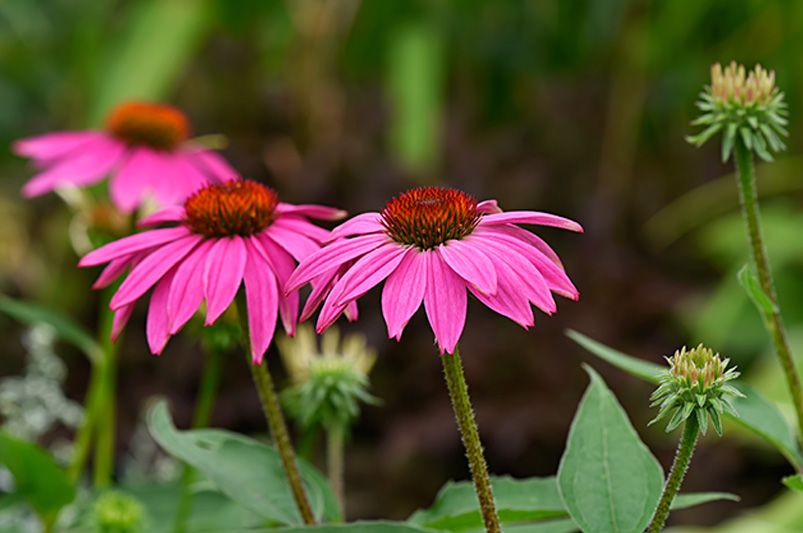
-
Coneflowers (Echinacea) – Drought-resistant and long-blooming.
-
Peonies – Thrive when planted in cool soil, rewarding you with decades of blooms.
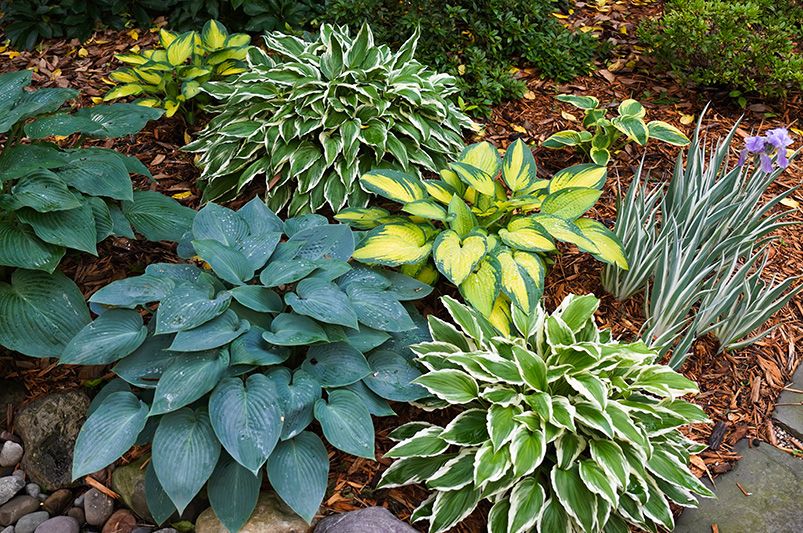
Foliage Stars
-
Hostas – Perfect for shady beds.
-
Ferns – Add lush texture and fill shady spaces.
-
Heucheras (Coral Bells) – Colorful foliage that adds variety to borders.
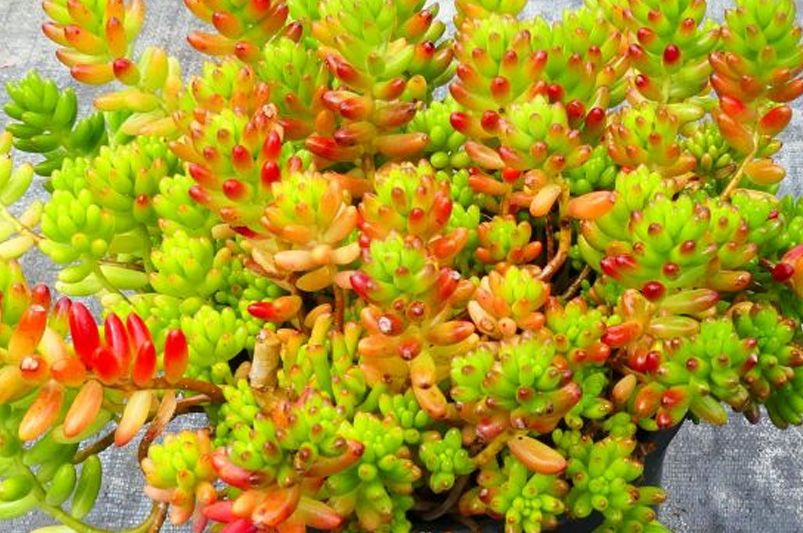
Groundcovers & Drought-Tolerant Picks
-
Sedum (Stonecrop) – Virtually indestructible and great for rock gardens.
-
Yarrow – Hardy, drought-tolerant, and butterfly-friendly.
-
Russian Sage – Tall, airy spikes of lavender-blue flowers.
💡 Tip: Always choose varieties suited to your USDA Hardiness Zone for the best results.
Step-by-Step: How to Plant Perennials in Fall
Here’s a proven process to maximize success:
-
Pick the Right Spot – Match plant needs (sun/shade, soil type, moisture).
-
Prepare the Soil – Loosen 12–18 inches and mix in compost for drainage and nutrients.
-
Dig the Hole – Twice as wide as the root ball, equal depth.
-
Plant & Backfill – Place the crown level with the soil. Firm soil gently around roots.
-
Water Thoroughly – Give a deep soak immediately.
-
Mulch Generously – 2–3 inches to insulate roots and conserve moisture.
-
Ongoing Watering – Water weekly until the ground freezes. Roots still grow in cool soil.
Regional Timing: When to Plant Perennials in Fall
Timing depends on your climate. Use this as a guide:
-
Northern Zones (3–5): Plant by mid-September to early October, before the first frost.
-
Mid Zones (6–7): Mid-September through late October.
-
Southern Zones (8–9): You can plant perennials well into November and even December.
💡 Rule of thumb: Plant at least 6 weeks before the ground freezes.
Common Fall Planting Mistakes (and How to Avoid Them)
Even experienced gardeners make these missteps:
-
Planting Too Late – Roots need time to establish before winter.
-
Planting Too Deep – Burying the crown causes rot. Keep it level with the soil.
-
Skipping Mulch – Leaves roots exposed to frost damage.
-
Over-Fertilizing – Avoid nitrogen-rich fertilizer; it triggers weak top growth instead of roots.
-
Neglecting Watering – Cooler weather doesn’t mean plants don’t need water!

Dividing & Transplanting Perennials in Fall
Fall isn’t just about planting new perennials—it’s also the perfect time to divide and move established plants.
-
When to Divide: If clumps look crowded, bloom less, or have bare centers.
-
How to Divide: Dig up the plant, gently separate root sections with 3–5 shoots each, and replant immediately.
-
Perennials That Love Division in Fall: Hostas, daylilies, peonies, and ornamental grasses.
This not only rejuvenates older plants but also expands your garden for free.
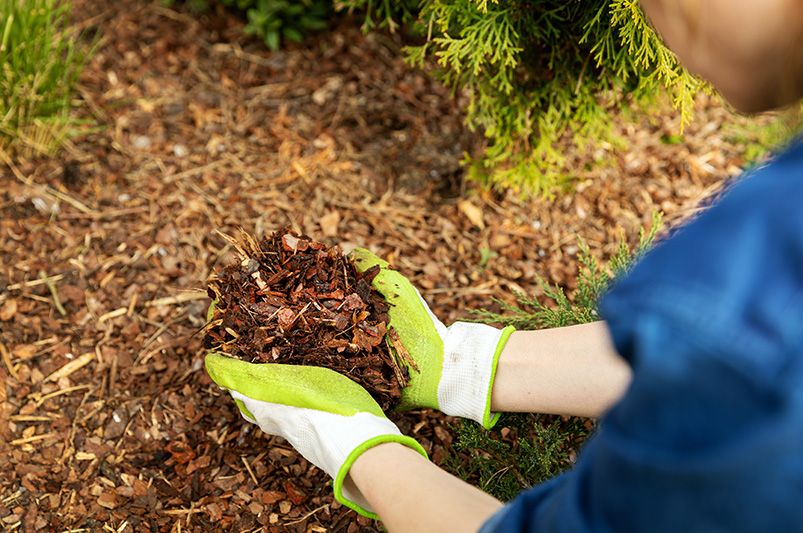
Caring for Newly Planted Perennials Through Winter
Protecting young plants is crucial for long-term success. Here’s how:
-
Water Deeply Before the First Freeze – Hydrated roots survive cold better.
-
Mulch Thickly – Add 2–4 inches of organic mulch to insulate.
-
Cut Back or Leave Foliage – Trim spent stems on some plants, but leave others (like coneflowers) to provide habitat for wildlife.
-
Use Protective Covers – In very cold zones, add burlap or frost cloth for extra insulation.
-
Mark Plant Locations – Stakes or markers prevent you from disturbing them during spring cleanup.
Designing with Fall-Planted Perennials
Beyond planting, fall is also the perfect time to plan next year’s garden layout. Consider:
-
Color Staging: Pair early-blooming peonies with mid-summer coneflowers and late-season asters for continuous color.
-
Height Layers: Place tall perennials (Russian sage, ornamental grasses) in the back, medium-height bloomers (daylilies, hostas) in the middle, and groundcovers (sedum, creeping thyme) at the front.
-
Pollinator Patches: Cluster pollinator-friendly perennials together to create buzzing habitats.
FAQs: Fall Planting for Perennials
Q: How late can I plant perennials in the fall?
A: Aim for at least 6 weeks before the first hard frost. Later planting risks root damage.
Q: Do I need to fertilize fall-planted perennials?
A: Avoid high-nitrogen fertilizer. Use bone meal or compost to promote root growth.
Q: Should I prune back fall-planted perennials before winter?
A: Only remove dead or diseased foliage. Many plants benefit from keeping stems/leaves for insulation and wildlife habitat.
Q: Can I divide all perennials in the fall?
A: Most do well, but avoid dividing tender perennials (like lavender) in fall; spring is better for them.
Conclusion
Planting perennials in the fall is like making a down payment on your dream garden. With strong roots established before winter, your plants will burst into life next spring—healthier, hardier, and more beautiful than ever. Whether you’re starting fresh or expanding your collection, fall is your garden’s secret weapon.
Free Download: Fall Perennial Planting Checklist
Want a simple, printable guide to keep handy in the garden? Download our Fall Perennial Planting Guide and make sure you don’t miss a step.


